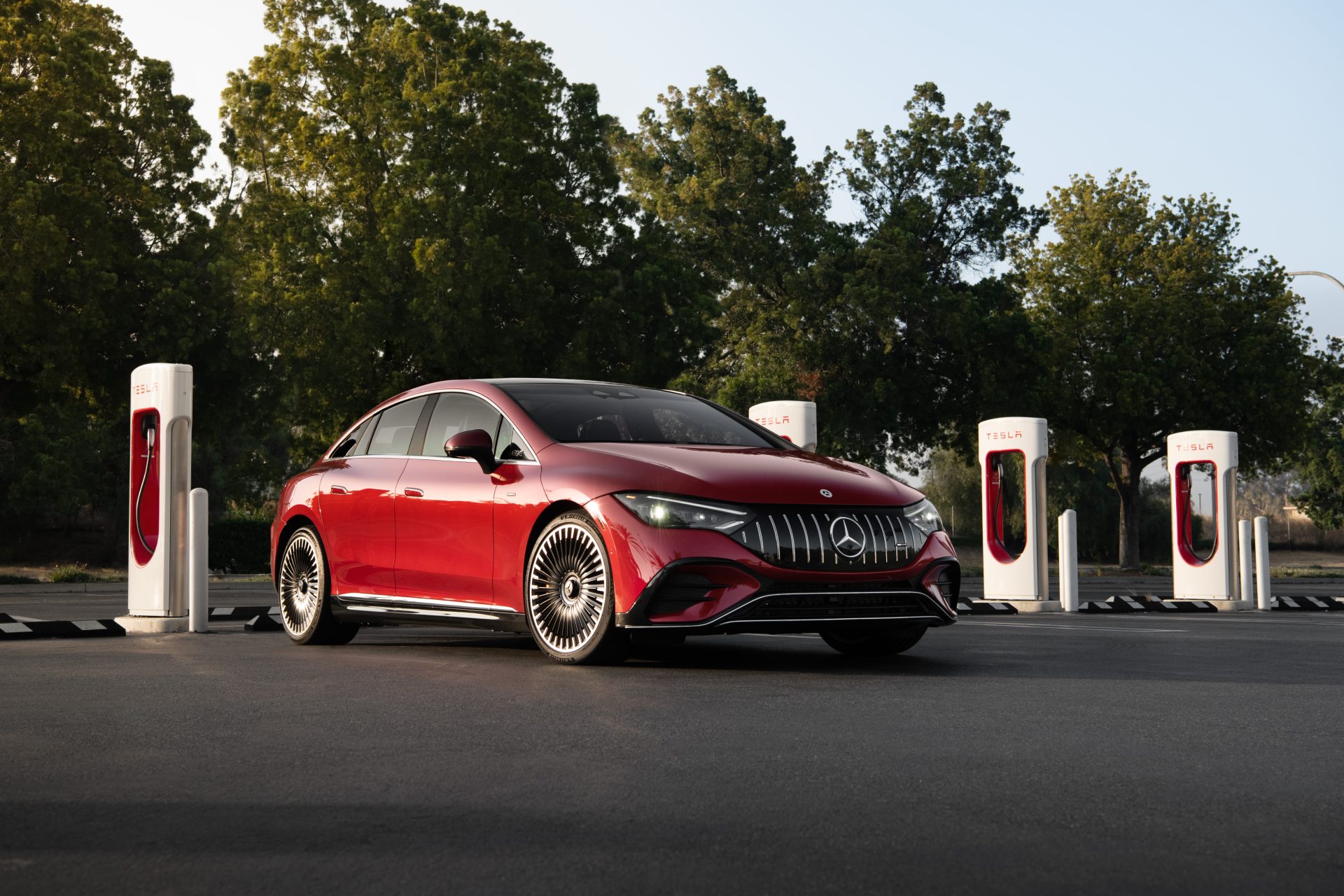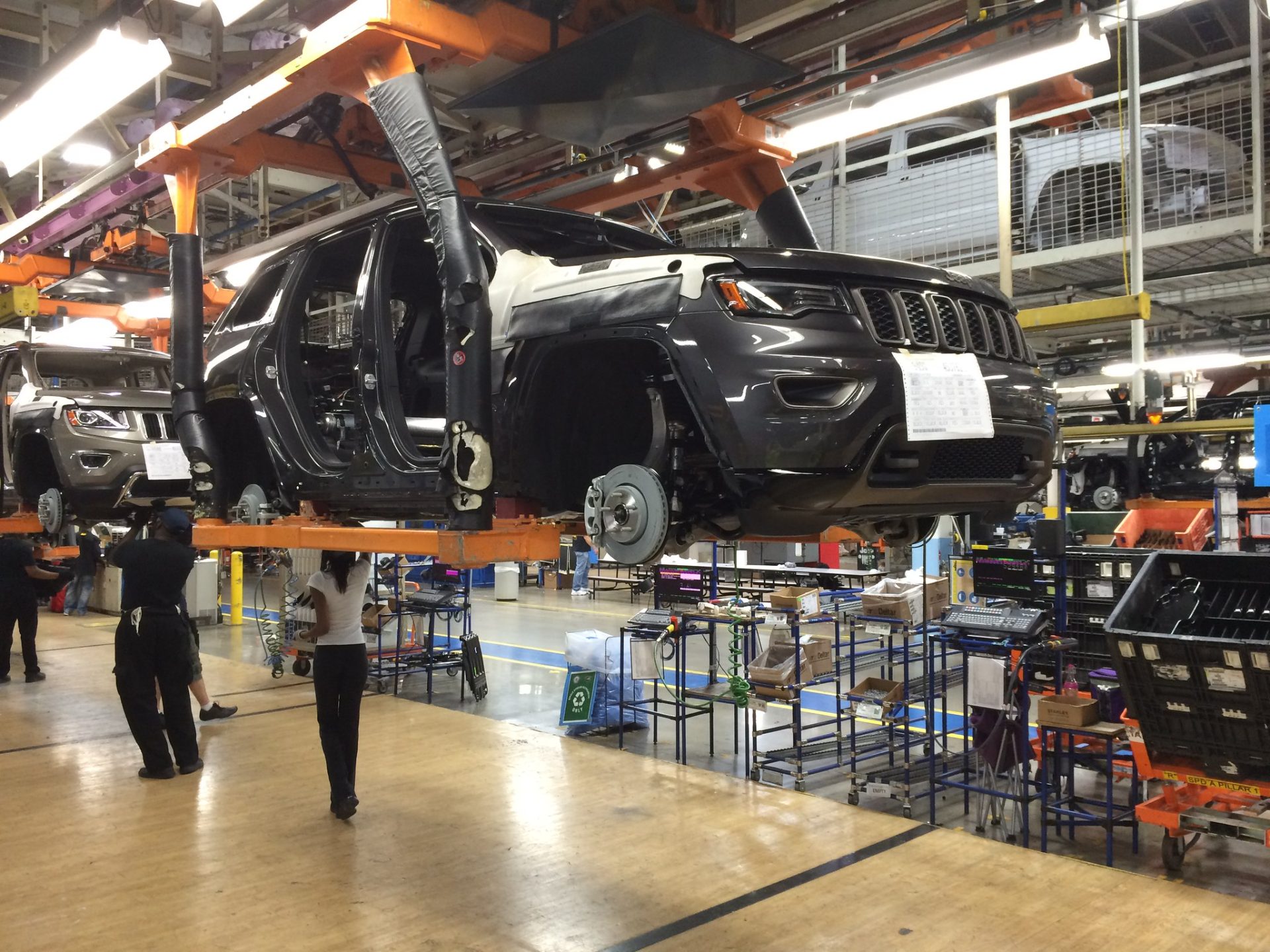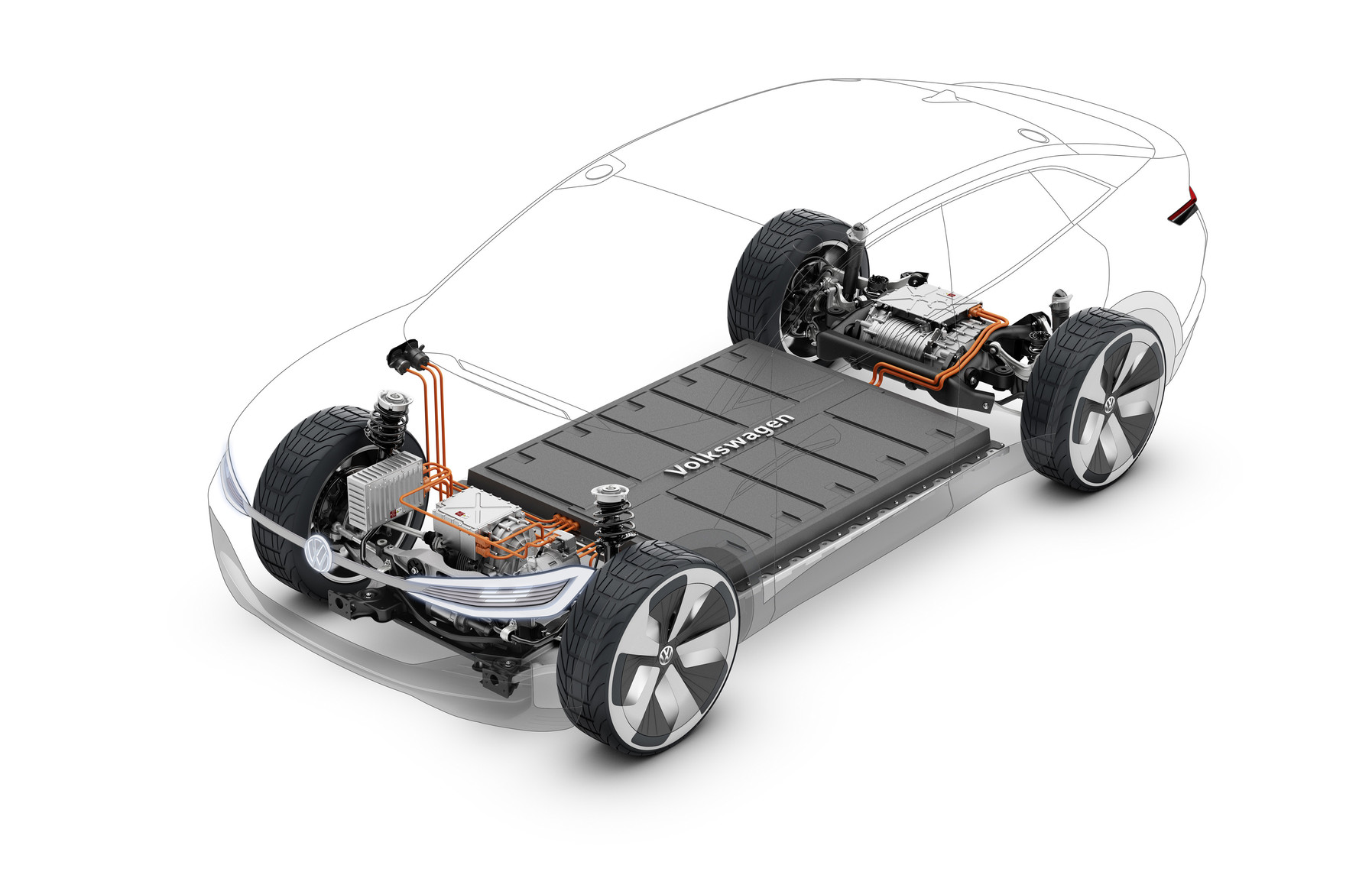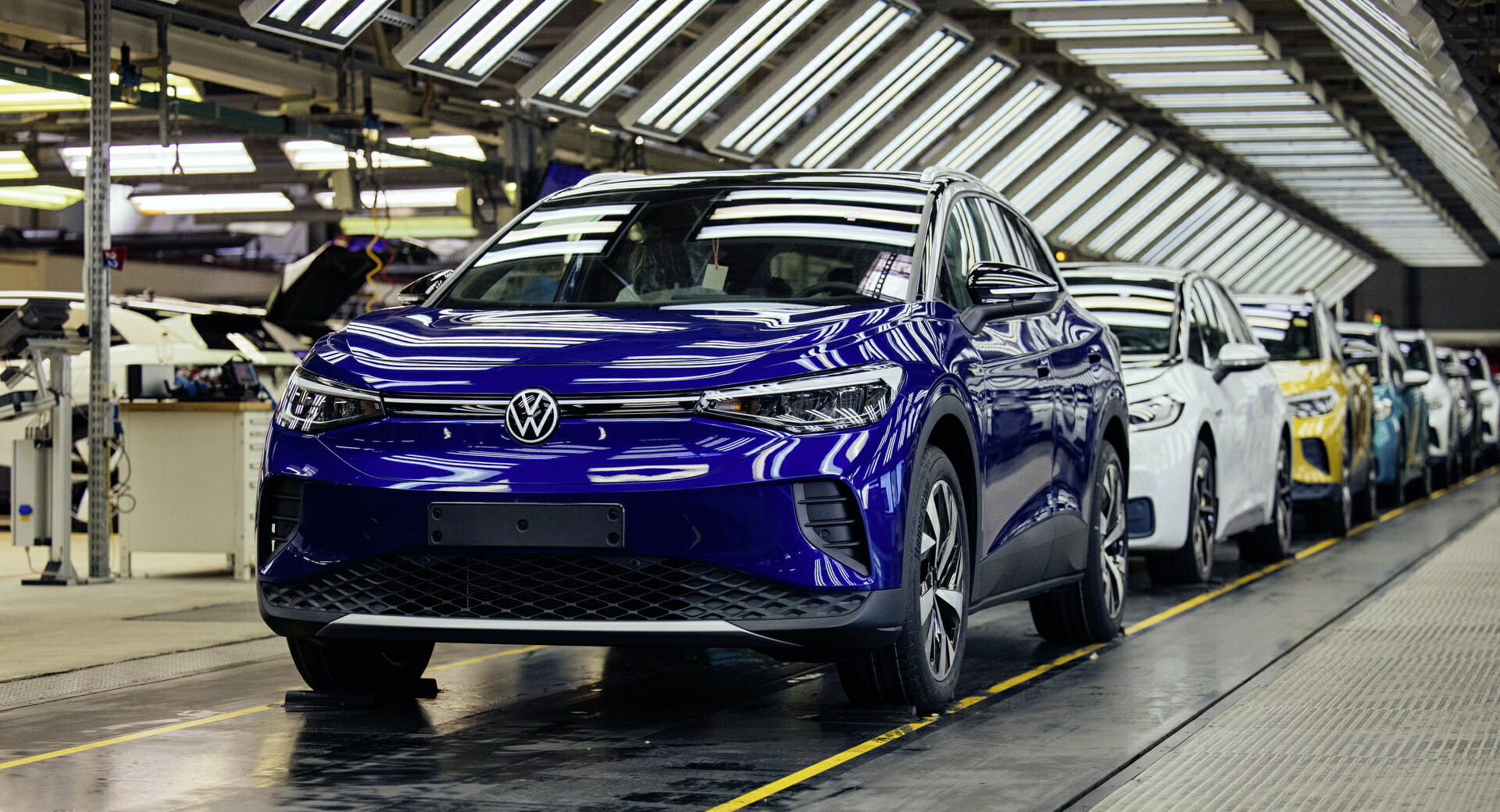Octopus Energy U.S. Launches Intelligent Octopus for EV, Offering Cheaper Electricity Rates
Will Intelligent Octopus EV’s incentives be enough for EV drivers to allow the company’s tech to manage when their vehicles charge in order to reduce strain on electric grids?
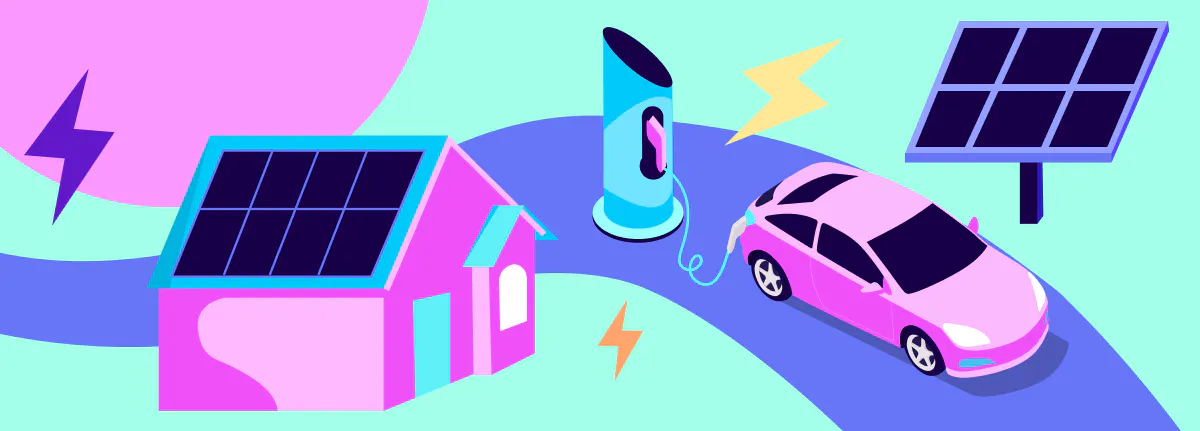
On Wednesday, Houston-based renewable energy retailer, Octopus Energy U.S. announced a new smart-rate for electric vehicle (EV) drivers across Texas. Dubbed the “Intelligent Octopus for EV”, the company’s new offering is designed to provide drivers with cheaper electricity rates when they use smart charging for their electric vehicles.
Octopus Energy customers can now connect their EVs to the Intelligent Octopus via the company’s mobile app, which will automatically find the most efficient time to charge the vehicle. By allowing Octopus Energy to manage the charging, customers can enjoy a discount of up to 20% on their monthly home electricity rate.
Intelligent Octopus is a smart device management feature powered by Octopus Energy’s proprietary Kraken Technology. The feature responds to various grid signals and rewards customers for balancing the grid when the grid is constrained. This allows Octopus Energy to offer the cheapest electricity rates in the market by leveraging customer flexibility.
“In the grid of the past, customers who bought the highest volume of power had the cheapest energy rates. Now that we’ve started the energy transition, those who have the most flexibility will see incredibly low electricity rates,” said Michael Lee, CEO of Octopus Energy U.S. “With smart rates like Intelligent Octopus, we can help create a virtuous circle that directly links the adoption of EVs, smart thermostats, heat pumps, solar, and batteries with the cheapest electricity rate plans.”
Octopus Energy, which entered the U.S. market in 2020, has been successful in the United Kingdom with its Intelligent Octopus platform. The company currently manages over 100 megawatts (MW) of EV charging power in the UK, which is more than the largest battery on the UK grid. The cars managed by the platform in the UK hold enough energy to power a city of about 300,000 people for one full hour.
Intelligent Octopus for EVs is the latest step in Octopus Energy’s mission to enable a smarter, greener future across the U.S. The company has already announced plans to allow customers to integrate household batteries into their energy plans, which will allow Octopus Energy to build an aggregation of home batteries to create a Virtual Power Plant and further reduce the energy rates customers pay.
“EV adoption has reached 6 percent of new car sales in 2023 and shows no signs of slowing down,” said Christopher George, US EV Director of Octopus Energy U.S. “Octopus Energy helps customers choose the EV that best matches their lifestyle, helps them lease that EV on their electric bill, and get them a lower electricity rate once they’ve connected their EV with our Intelligent Octopus platform.”
A beta feature of the Intelligent Octopus EV program is the ability for Octopus Energy U.S. customers to lease an electric car or SUV through the company.
Octopus Energy will help their customers find the EV of their choice while seamlessly integrating smart charging and billing into their existing energy plan.
The company states that “Our EV Concierge will provide qualifying customers white glove service, helping soon-to-be EV drivers through the entire search and vehicle leasing process, including selection and delivery of a new or used EV of their choice, installation of an EV home charger and education on best practices for EV ownership.”
In order to qualify for the program, interested parties must be a current Octopus Energy customer, live in a single family home, and have the right to install a Level 2 charger.
Octopus Energy Group, which is valued at nearly $5 billion, is a technology-driven, renewable energy retailer that directly supplies around 4.9 million customers globally with 100% green electricity at a cheaper price.
EVs place an enormous strain on aging electric grid that wasn’t designed to handle them. With sales of EVs rapidly increasing in many parts of the world, more smart energy solutions are needed to minimize strain on electric grids, meet diverse electricity demands, and provide EV drivers with the charge they need to get from place-to-place.
The big question is what is the tipping point for EV uptake and the ability for electric grids to charge them. VPPs, micrograms and battery storage might be viable short-term solutions. But, for a country, like the U.S., its aging electric grid requires enormous investment and time to upgrade.


